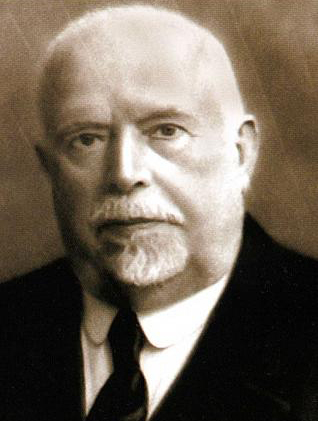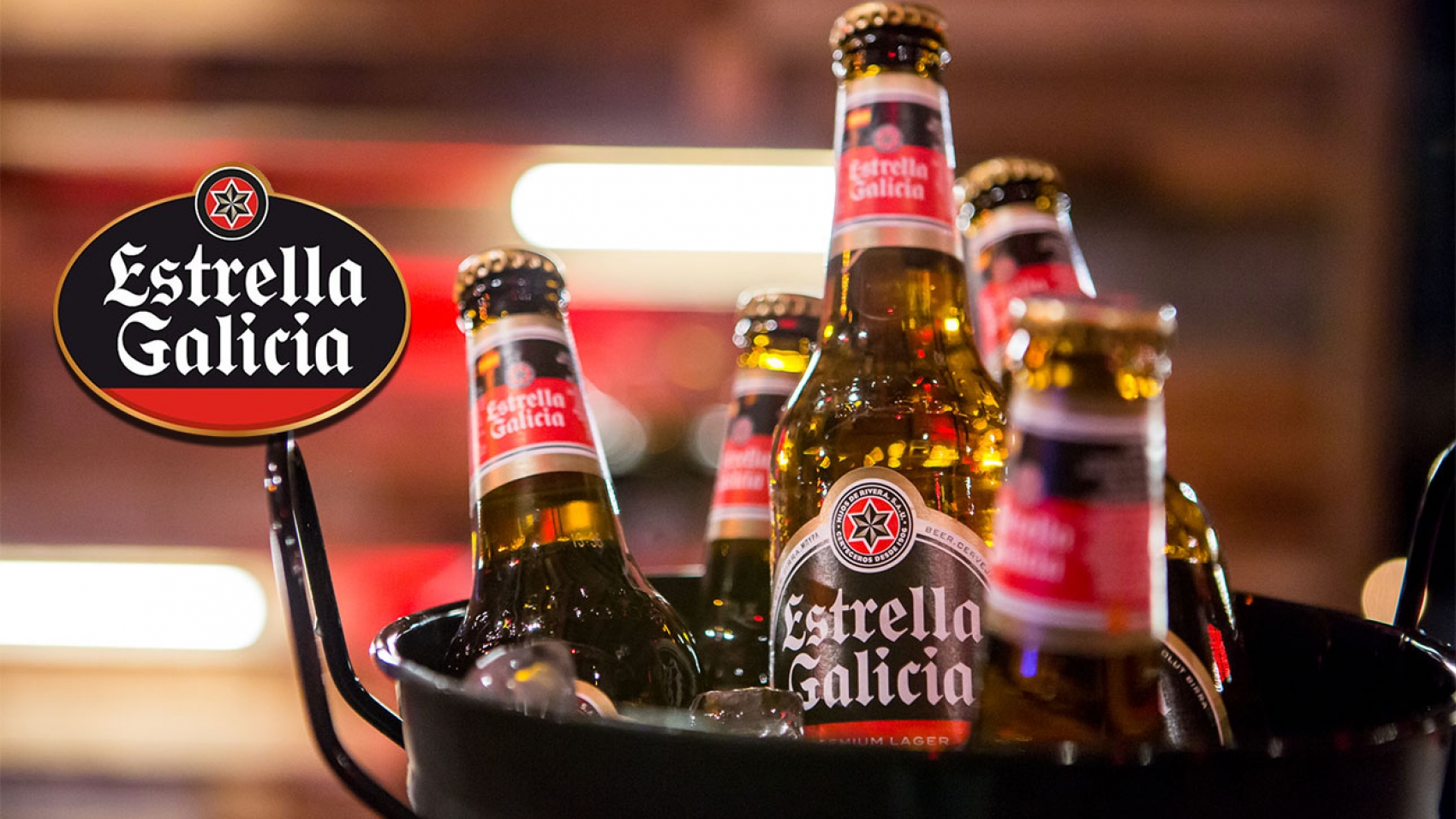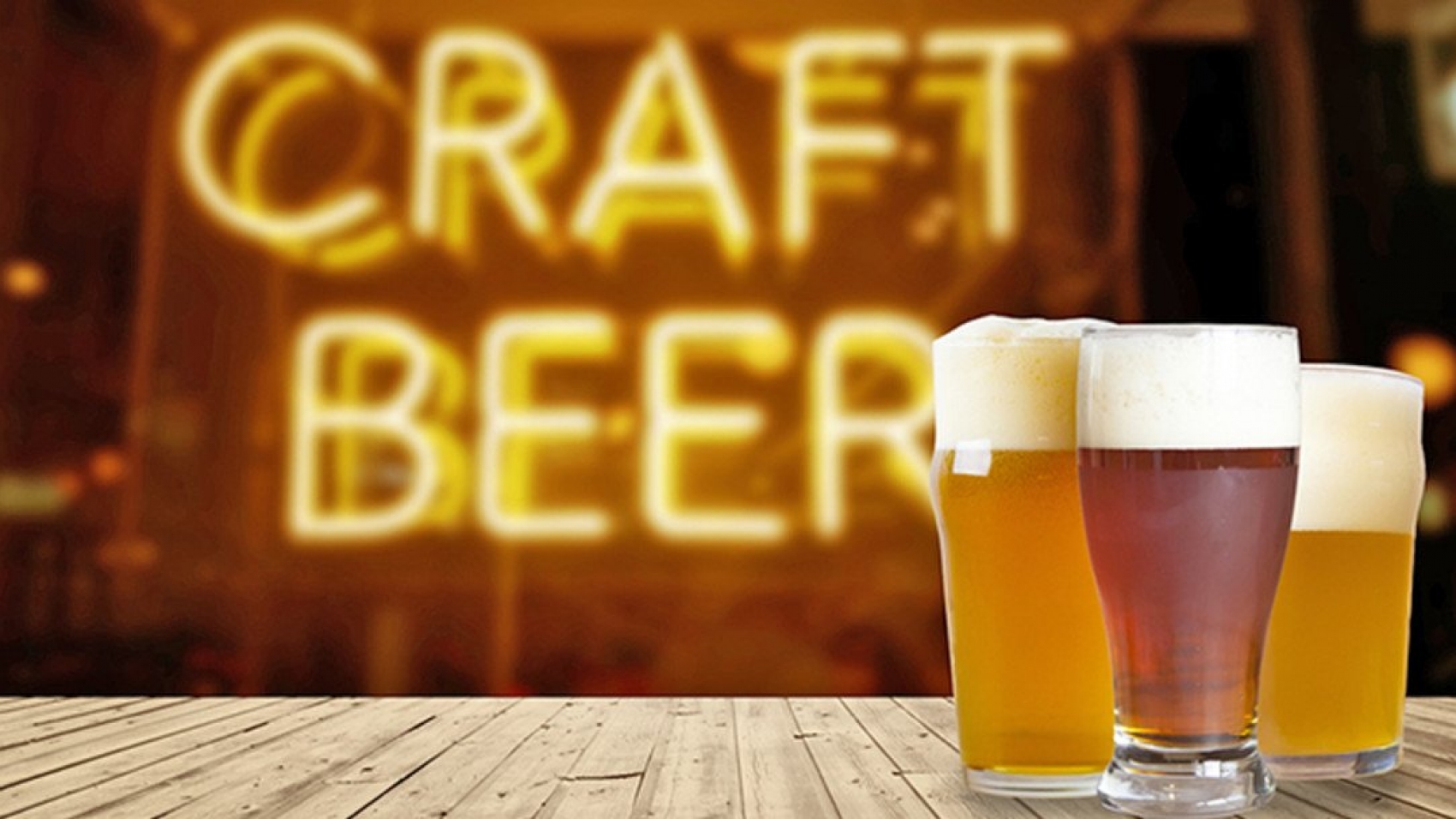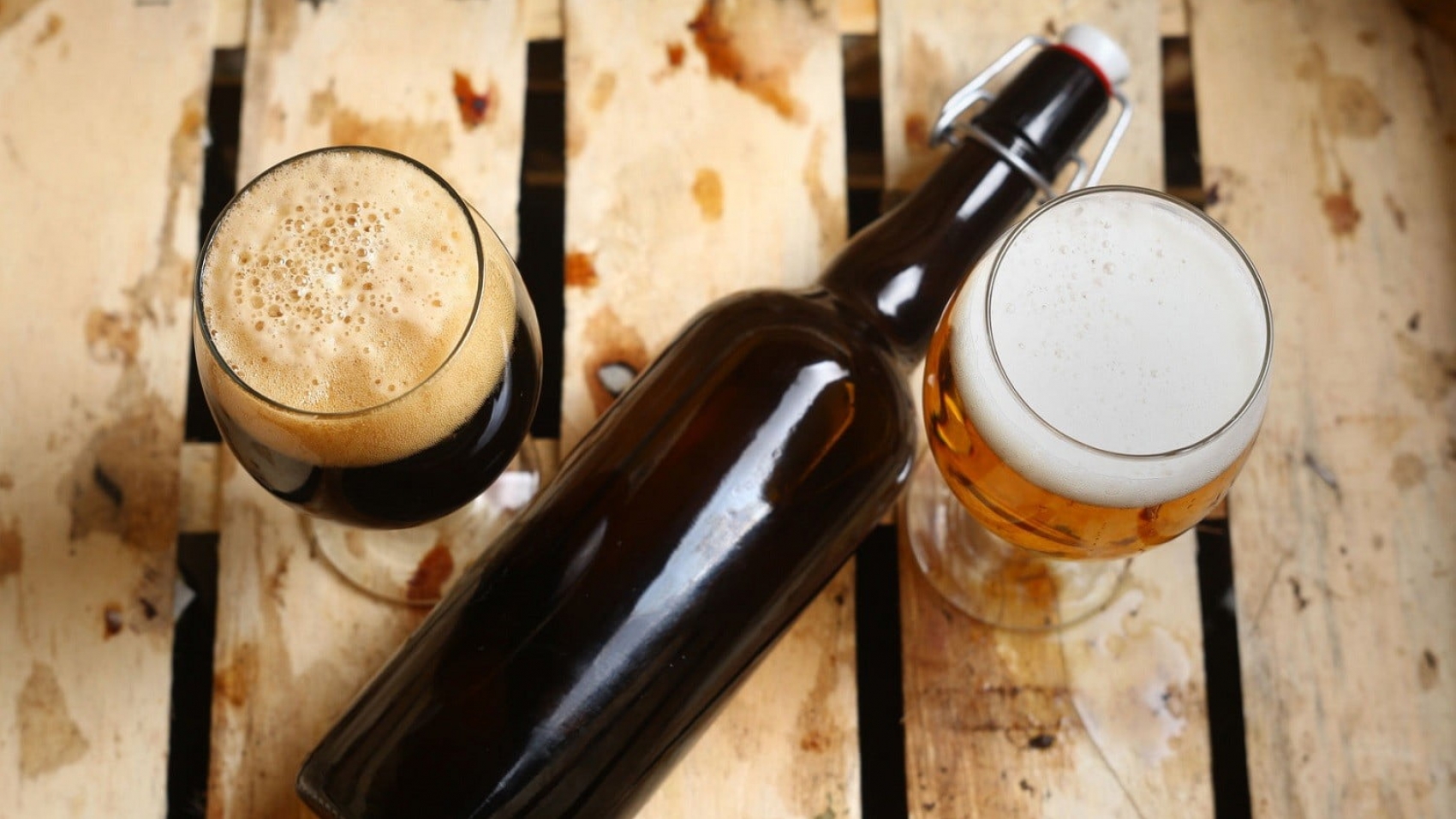Estrella de Galicia is the name of my favorite industrial beer brand. It has been the same since I was only a teenager drinking with my friends in those after-class afternoons in which we headed to the center of Barcelona from one bar to the next. Those were amazing times and if I´m to drink industrial beer I don´t think it twice, I´m going for Estrella every time. Read on and see what the story behind one of Spain´s most popular beer brands is.

More Than A Century Ago
The year was 1906 and José María Rivera Corral was back in Spain after a long trip through Cuba and Mexico. He decided to found his own brewery and Estrella de Galicia was born as a family company. By year 1910, the company was manufacturing ice and beer in a small factory in Cuatro Caminos, La Coruña. The start was small but at a steady pace and the first ten years of the company went by trying to perfect the recipe.
Second Generation 1920-40
Ramón, José´s son was one of the first brew masters in Spain. He got his degree in 1920 and took over the Estrella de Galicia beer-manufacturing section to give it a bigger impulse and a more intense flavor. He also modernized the factory and broaden the horizons by taking the amount of beers offered to four and the production to 7,000hl/year from a modest 1,751. Technical knowledge, passion and the family spirit made Ramón the perfect person to take the company one step further.
By 1925, Estrella de Galicia had already opened an outside picnic area where now stands the Cervecería Cuatro Caminos and one of the first spots where beer was sold right after being manufactured in the same location.
Third Generation 1940-80
Survival is the key word for this moment. Imagine Spanish Civil War and also World War II happening at the same time. This is one of the anecdotes I love and respect the most: they didn´t fire anyone. They kept the whole personnel in an intermittent manufacturing schedule. Getting the supplies during war times was not an easy task. By 1949, the third generation of the Rivera took over the factory.
By 1962 the entire factory at Cuatro Caminos was reconstructed, remodeled and modernized. Also, by 1969, the construction of a new plant in La Grela was to improve the flavor and extend the brand´s reach widely. The name was changed in 1971 to the one we know today: Estrella-Galicia and added the slogan of it being manufactured by the sons of Rivera.
 In 1972, the beer I love the most: the Especial Rivera started being manufactured in La Grela. It was to become the brand´s most iconic product and, if you ask me, it is very well deserved. By 1979, Estrella started coming in cans, making my parent´s life easier for sure.
In 1972, the beer I love the most: the Especial Rivera started being manufactured in La Grela. It was to become the brand´s most iconic product and, if you ask me, it is very well deserved. By 1979, Estrella started coming in cans, making my parent´s life easier for sure.
Fast Forward To Today
 Estrella Galicia has gone through some very complicated days and came out fortified. To this year, the company is in its fifth generation of the Rivera family and celebrates 112 years in the business making outstanding beers. They now offer a really wide variety of options including gluten-free beer, the 1906 Black Coupage featuring four hand-selected and toasted malts mixed with two hops that make it really unique, plus non-alcohol beer and many more.
Estrella Galicia has gone through some very complicated days and came out fortified. To this year, the company is in its fifth generation of the Rivera family and celebrates 112 years in the business making outstanding beers. They now offer a really wide variety of options including gluten-free beer, the 1906 Black Coupage featuring four hand-selected and toasted malts mixed with two hops that make it really unique, plus non-alcohol beer and many more.
They export beer made in Galicia to the entire world and have presence in more than 30 countries. I tasted it in all my trips just to see if there is a difference and is still an awesome beverage, everywhere. By 2017 the liters of Estrella Galicia being manufactured a year went up to 278 million and there´s no reducing or stopping.
Popularity is a volatile concept that is founded in the interests, concerns and desires of a mass of consumers and not really under any manufacturer´s control. How did Estrella managed to stay on top of the game for more than 100 years? The answer is very simple: passion for a job well-done. Their beer is one of the few examples of industrialized production that maintains quality. I´m very happy it got so popular, because I can find it everywhere.




 This is another item not to be overlooked; have you noticed the increasing amount of craft beer variety available in the world today? Well, for me it is like heaven. I love going out and try at least four of five different ones (and ask for an Uber ride home, of course). Also, once you get into bottled, canned and growler beer, you find a huge difference for that Netflix marathon of the weekend. To be able to pop open a great craft beer from the comfort of your couch with some snacks is priceless.
This is another item not to be overlooked; have you noticed the increasing amount of craft beer variety available in the world today? Well, for me it is like heaven. I love going out and try at least four of five different ones (and ask for an Uber ride home, of course). Also, once you get into bottled, canned and growler beer, you find a huge difference for that Netflix marathon of the weekend. To be able to pop open a great craft beer from the comfort of your couch with some snacks is priceless. This is one of the highest points of a well-made beer that nobody talks about but it is very important: hangover is reduced when the beer is done with premium ingredients. Has it ever happened to you to wake up and find your head buzzing, your body numb and a headache that can last well after lunch? That is because you had too much to drink and because you mixed up beverages or drank poor-quality beer. I have made the test and after the fifth pint of draft premium craft beer I went to bed to wake up the next day hangover-free. Doing the same thing with industrialized beer made me wake up as if I was in a bull fight but being the bull.
This is one of the highest points of a well-made beer that nobody talks about but it is very important: hangover is reduced when the beer is done with premium ingredients. Has it ever happened to you to wake up and find your head buzzing, your body numb and a headache that can last well after lunch? That is because you had too much to drink and because you mixed up beverages or drank poor-quality beer. I have made the test and after the fifth pint of draft premium craft beer I went to bed to wake up the next day hangover-free. Doing the same thing with industrialized beer made me wake up as if I was in a bull fight but being the bull.

 While the bigger brewers have the big bucks to afford a better R&D team, the smaller breweries can do a smaller number of units of a new recipe and put it out quicker. Bureaucracy in terms of internal affairs in this branch as in all others, is a big slow-down for the machinery. Once the idea is created, it has to go through many hands and brains until the beer is brewed and even more before it is sold. Sometimes, for big brewers, putting out a new beer can be a two-to-five year process. While that happens for big brands, the small ones can just approve the prototypes and sell them within less than a year.
While the bigger brewers have the big bucks to afford a better R&D team, the smaller breweries can do a smaller number of units of a new recipe and put it out quicker. Bureaucracy in terms of internal affairs in this branch as in all others, is a big slow-down for the machinery. Once the idea is created, it has to go through many hands and brains until the beer is brewed and even more before it is sold. Sometimes, for big brewers, putting out a new beer can be a two-to-five year process. While that happens for big brands, the small ones can just approve the prototypes and sell them within less than a year. This is a definitive factor most of the times because the quality of the ingredients being used for the brewing of the beer makes a lot of difference. When you buy for your entire production from only one supplier who takes it from one field, the chances of obtaining a more consistent product are increased. Also, when there are so few steps from the idea to the final crafting, the investment can be used and bought again in little time avoiding the bags of seeds to be in storage for long periods of time, degrading.
This is a definitive factor most of the times because the quality of the ingredients being used for the brewing of the beer makes a lot of difference. When you buy for your entire production from only one supplier who takes it from one field, the chances of obtaining a more consistent product are increased. Also, when there are so few steps from the idea to the final crafting, the investment can be used and bought again in little time avoiding the bags of seeds to be in storage for long periods of time, degrading.

 This was my discovery while being in Chicago, a year ago. The name of the brand is
This was my discovery while being in Chicago, a year ago. The name of the brand is 





